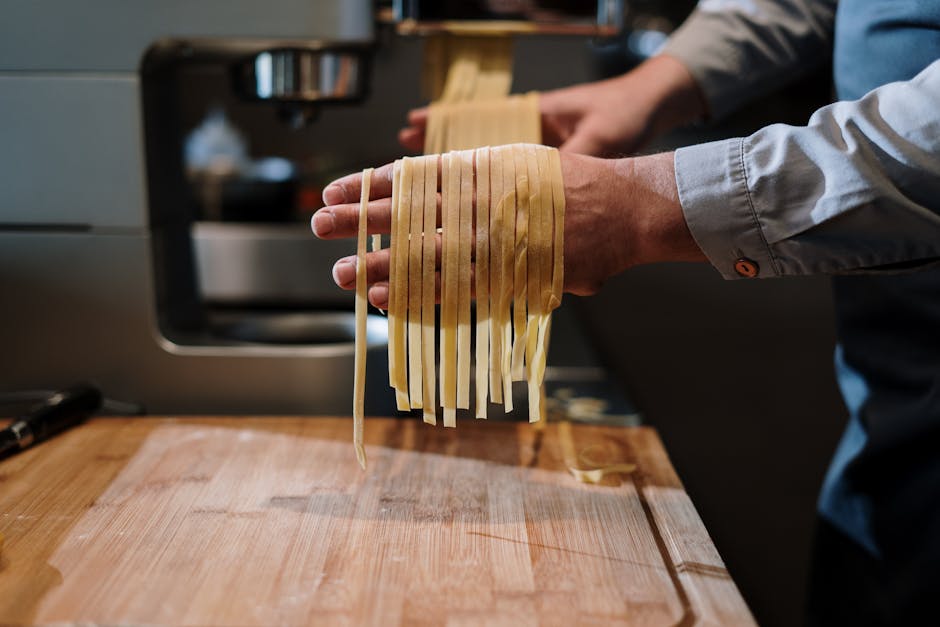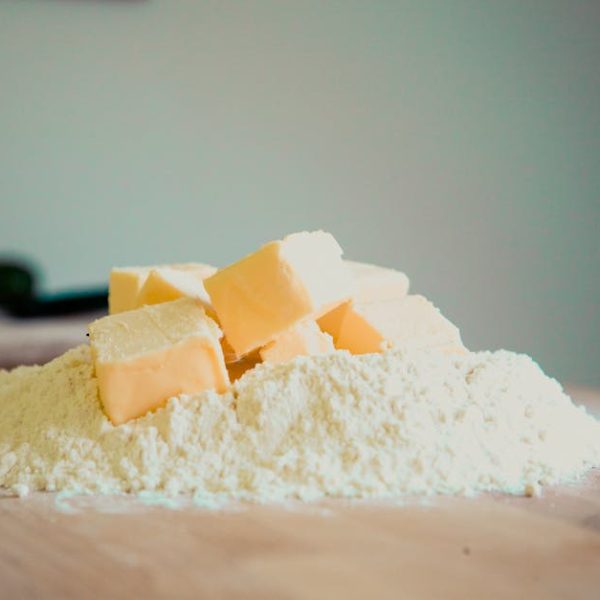You might not immediately think of pasta when you consider meals that can be frozen for later, especially something as creamy and delicate as mac and cheese. However, it is absolutely possible to freeze and reheat this comfort food, allowing you to cook in batches and enjoy your homemade mac and cheese whenever you crave it. The key is knowing the proper steps, from preparation and storage to thawing and reheating. Let’s take a deep dive into each of these aspects.
Preparation before Freezing
Firstly, before you begin the freezing process, it is essential that you prepare the mac and cheese in a freezer-friendly way to avoid freezer burn – those icky ice crystals that form on your food. Start by letting your mac and cheese cool to room temperature. Freezing it while it’s still hot can lead to condensation in the container, which in turn can evolve into freezer burn.
Once your mac and cheese is cool, it’s time to portion it. We recommend serving-sized portions. This way, you can thaw only what you need, without having to reheat the whole batch.
Pro Tip: Prepare a slightly drier mac and cheese if you plan on storing it in the freezer. It saves better and retains its texture better when reheating.
Choosing the Right Containers for Freezing
Next up, choosing the proper container for your mac and cheese can make a world of difference in how well it freezes and reheats. There are multiple factors to consider:
- Size: Your container should be large enough to accommodate your mac and cheese but not so large that there’s excessive air space, which can lead to freezer burn.
- Seal: The container should have a tight seal to keep out air and moisture.
- Material: Certain materials, like glass, must be freezer-safe to prevent cracking in the freezer.
Choosing between plastic, glass, or aluminum containers? Let’s weigh their pros and cons.
| Material | Pros | Cons |
|---|---|---|
| Plastic | Lightweight and convenient | Can warp or melt in high temperatures |
| Glass | Keeps food fresh for longer, won’t leach chemicals into food | Can break if not handled carefully |
| Aluminum | Affordable and holds heat well | Can react with acidic foods, affecting flavor |
Proper way of Packing Mac and Cheese for Freezing
Now that your mac and cheese is prepped, and you’ve chosen the right container, it’s time to pack.
1. Divide your cooled mac and cheese into your chosen containers, depending on the size of the servings you decided on. Remember, smaller portions defrost and reheat faster and more evenly.
2. Don’t fill the containers to the brim. Leave a little space to allow for the mac and cheese to expand when frozen – about half an inch should do.
3. Make sure to seal the container tightly. You can use a layer of plastic wrap under the lid for an extra air-tight seal.
Best Practice: Stir in a little extra cheese or milk when packing the mac and cheese. This will keep it creamy when you eventually reheat it.
Defrosting and Reheating Frozen Mac and Cheese
Defrosting and reheating your frozen mac and cheese might seem tricky, but with the right steps, you can maintain its creamy, cheesy goodness.
1. Move your frozen mac and cheese from the freezer to the fridge at least 24 hours before you plan on serving it. This way, it can thaw slowly and safely without any sudden temperature changes.
2. When you’re ready to reheat, you have a couple of options. For one serving, the microwave will do just fine for about 2-4 minutes. For larger portions, the oven works best. Preheat it to 350°F, cover the dish with aluminum foil, and bake it for about 20-30 minutes until it’s hot and bubbling.
Pro Tip: Do not continuously stir your mac and cheese while reheating. It can break up the pasta and create an undesirable texture.
Avoiding Common Mistakes while Freezing Mac and Cheese
Freezing mac and cheese can be a straight-forward process, but there are a few common mistakes to avoid:
- Overfilling Containers: Leave some space for the food to expand when frozen.
- Freezing Hot Mac and Cheese: Let it cool down to avoid condensation and eventual freezer burn.
- Reheating Repeatedly: Only defrost what you’ll eat to maintain the quality.
To end, here is a comparison of the key do’s and don’ts:
| DO | DON’T |
|---|---|
| Do let mac and cheese cool before freezing | Don’t freeze hot mac and cheese |
| Do portion mac and cheese before freezing | Don’t freeze a large batch all at once |
| Do seal containers tightly before freezing | Don’t leave containers loosely sealed |
| Do defrost in the fridge before reheating | Don’t defrost at room temperature |
From preparing and storing to thawing and reheating, there’s quite a bit to keep in mind when freezing mac and cheese. But with these tips, you’ll be able to freeze and enjoy your homemade mac and cheese whenever the craving strikes. So go ahead and make that big batch. With the right steps, it’ll be just as tasty from the freezer as it was fresh out of the pot!
Key Takeaway:
- Allow mac and cheese to cool before freezing, and portion it out in serving-sized containers to prevent freezer burn and to enjoy it whenever you want.
- Select the right containers that seal tightly and are of the right size and material to effectively freeze mac and cheese.
- When packing for freezing, leave space for expansion and assure a tight seal to maintain freshness and taste.
- Defrost and reheat mac and cheese correctly to retain its original flavor and texture, ideally by defrosting in the fridge and reheating in the microwave for smaller portions or the oven for larger quantities.
- Avoid common mistakes like overfilling containers, freezing mac and cheese while it’s hot, and reheating repeatedly to improve the longevity and quality of frozen mac and cheese.
The process of freezing Mac and Cheese is quite straightforward, once you know the ins and outs. Following these stored and tested tips, you will be able to keep your favourite comfort food ready for whenever you crave it, without compromising its taste or texture. Always remember, it’s the little things – right from portioning your dish, to defrosting it correctly – that make a world of difference.
FAQs
Q: Can I freeze mac and cheese in single-serving containers for easier reheating?
A: Absolutely! In fact, portioning your dish before freezing not only makes reheating easier but also helps prevent waste.
Q: How long can I store frozen mac and cheese in my freezer?
A: Mac and cheese can stay fresh in the freezer for up to 3 months if stored properly.
Q: Is it safe to refreeze mac and cheese after it has been defrosted and reheated?
A: It is generally not recommended to re-freeze any food that has previously been frozen and thawed. This can affect the taste and texture of your mac and cheese.
Q: How do I know my freezer container is correctly sealed?
A: A correctly sealed container will not let any air or moisture in. You can double-check this by pressing softly on the lid – it should not bend easily or let air in.
Q: Can I use a plastic bag instead of a container to freeze mac and cheese?
A: While bags can serve as an alternative, they might not provide as good a seal as rigid containers. They could also tear, resulting in freezer-burned mac and cheese.
Feel free to share this insightful guide with your friends and explore other posts on our website for more.






